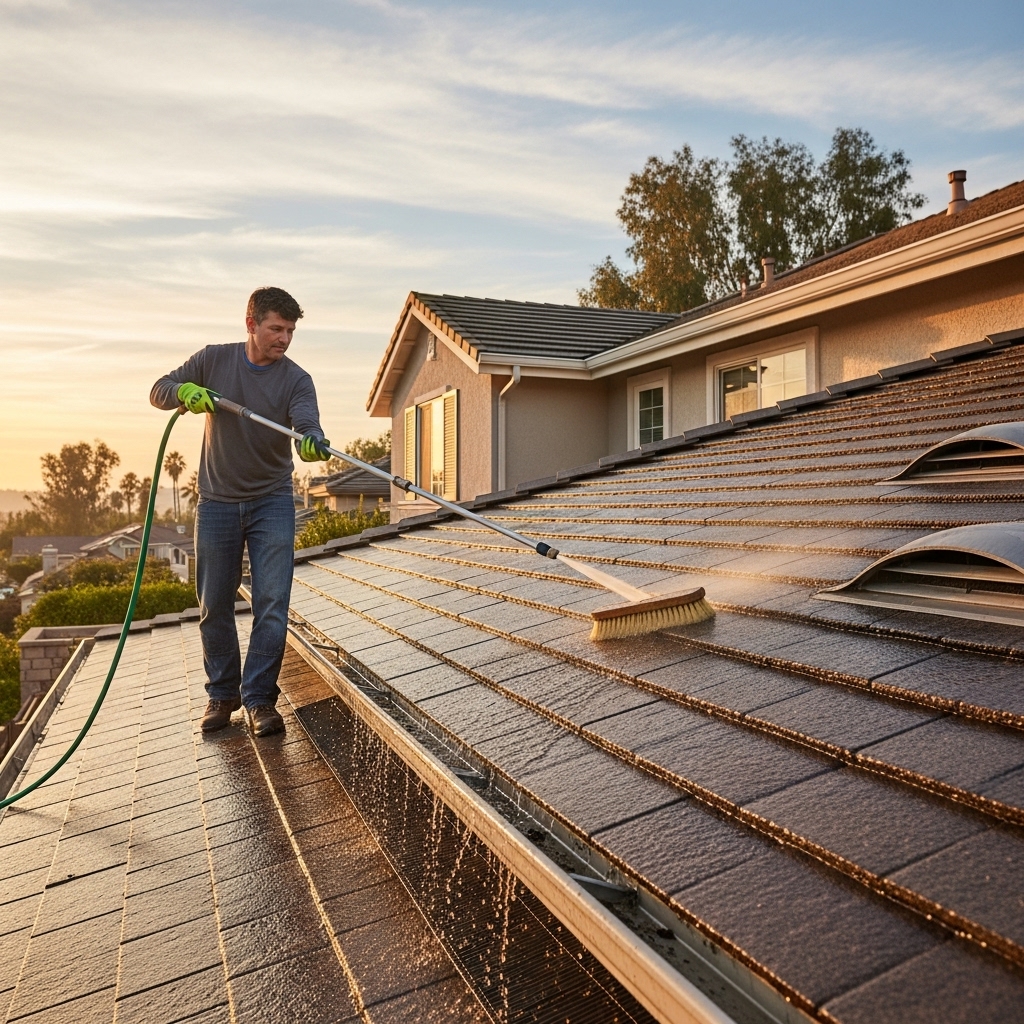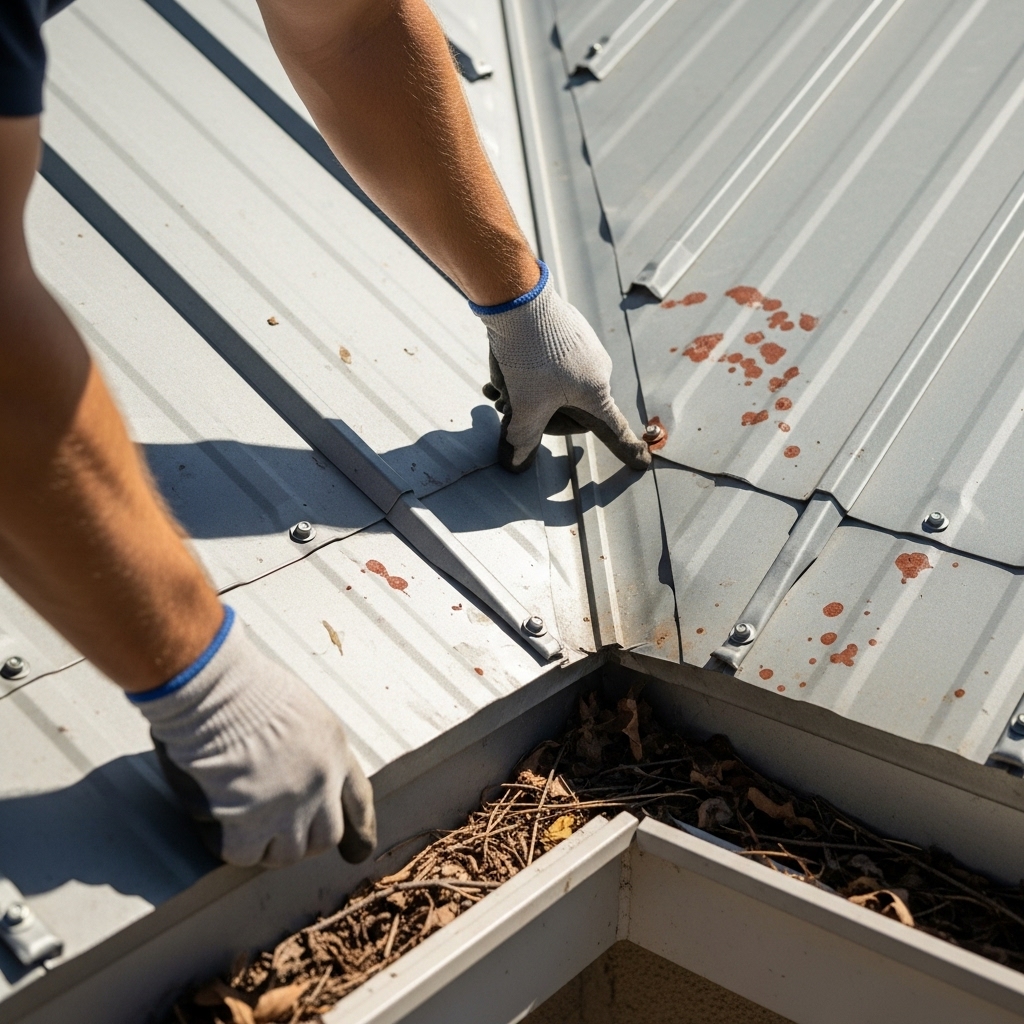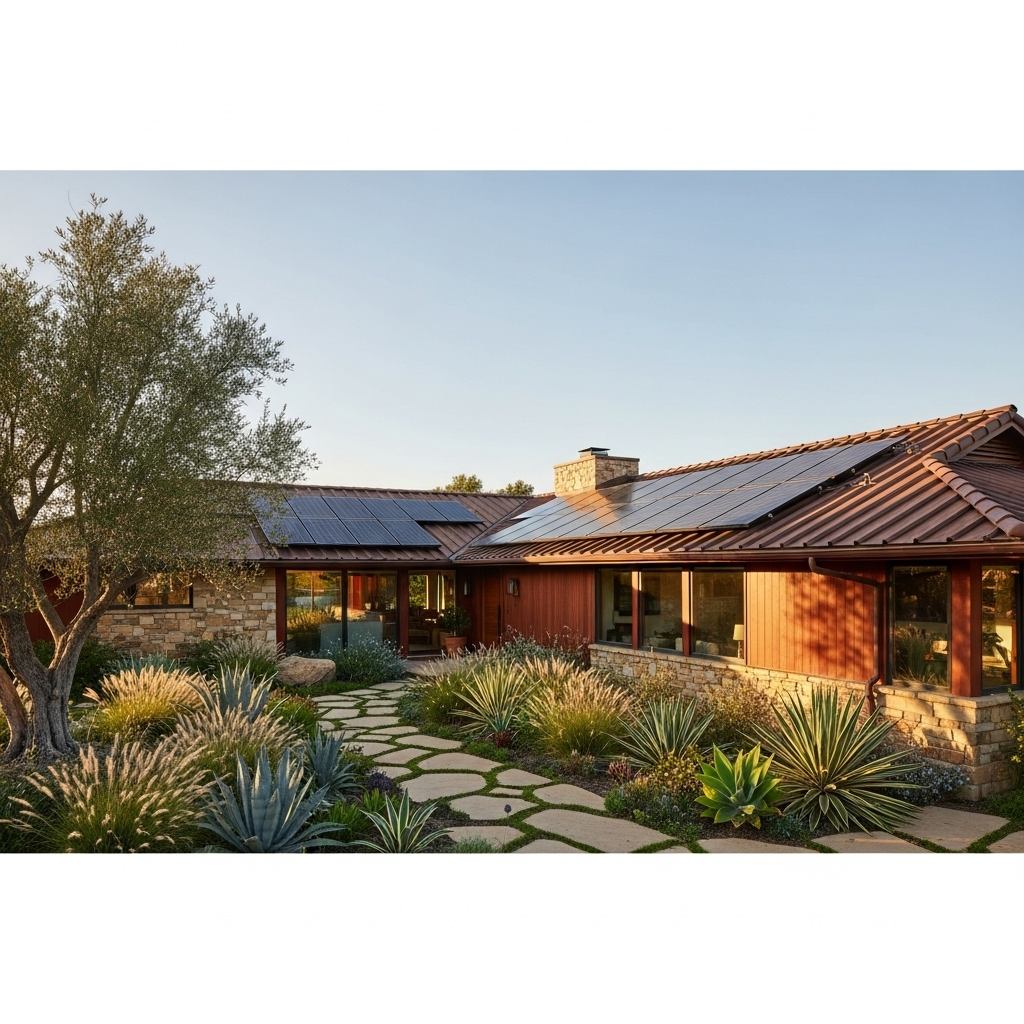What is Commercial Roofing and Why It Matters
Commercial roofing is a critical component of any business infrastructure, providing protection against weather elements and contributing to energy efficiency. Unlike residential roofing, commercial roofing systems are designed to cover larger areas and support additional structures such as HVAC systems. A well-maintained commercial roof ensures a safe working environment, prolongs the lifespan of the building, and enhances its overall value. Businesses that invest in high-quality roofing solutions can reduce repair costs and improve operational efficiency. Selecting the right materials and working with experienced professionals are crucial to achieving long-term performance and durability.
Key Types of Commercial Roofing Systems
Choosing the right commercial roofing system is essential for ensuring longevity and optimal performance. Various materials and designs are available, each catering to specific business needs and environmental conditions. Some popular options include:
- Built-Up Roofing (BUR): This traditional method consists of multiple layers of bitumen and reinforcing fabrics, creating a durable and cost-effective solution for flat roofs.
- Single-Ply Membranes: Options such as TPO, PVC, and EPDM provide lightweight, flexible, and energy-efficient solutions, ideal for businesses looking to enhance their building’s sustainability.
- Metal Roofing: Known for its durability and low maintenance, metal roofing systems can withstand harsh weather conditions and provide excellent insulation.
- Green Roofing: Increasingly popular for eco-conscious businesses, green roofing systems incorporate vegetation layers that improve insulation and reduce the building’s carbon footprint.
Understanding the benefits and limitations of each roofing type allows business owners to make informed decisions based on their budget and long-term goals.
Factors to Consider When Choosing a Commercial Roofing Solution
Selecting the right commercial roofing solution involves evaluating several important factors to ensure it meets business requirements. Climate conditions, building design, and budget constraints play a crucial role in determining the most suitable roofing system. Energy efficiency is another key consideration, as modern roofing solutions can contribute to lower heating and cooling costs. Additionally, durability and maintenance requirements should be assessed to minimize future expenses and ensure the roof remains in optimal condition over time.
Partnering with a reputable commercial roofing contractor can simplify the decision-making process by offering expert guidance and recommendations tailored to the specific needs of the business. Proper installation, routine inspections, and timely repairs are essential for maximizing the lifespan of any commercial roofing system.
Maintenance Tips to Extend the Life of Your Commercial Roofing
Regular maintenance is vital to preserving the integrity of commercial roofing and avoiding costly repairs. Implementing a proactive maintenance plan helps identify potential issues early and ensures the roof remains in top condition. Key maintenance practices include:
- Routine Inspections: Scheduling professional inspections at least twice a year helps detect minor damages before they escalate into major problems.
- Cleaning and Debris Removal: Accumulated debris, such as leaves and dirt, can lead to drainage issues and increase the risk of water damage.
- Addressing Repairs Promptly: Leaks, cracks, and punctures should be repaired immediately to prevent further structural damage.
- Weatherproofing: Applying protective coatings and sealants can enhance resistance against extreme weather conditions and prolong the roof’s lifespan.
Read More:






